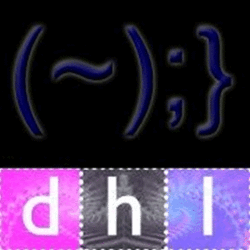For some time now, some insurers have also been offering index policies, insurance solutions that are backed by ETFs. As pension insurance they can therefore be quite attractive.
The tax aspect
When choosing the right old-age provision, one aspect should not be forgotten: The tax treatment during the savings period and in the pension withdrawal phase. In this case, too, no one can look into the future with trading in download Exness, but as a rule of thumb, taxation in retirement is generally lower than during the working years.
While pensions from Riester and Rürup are taxed in full, pensions from pension insurance are taxed according to the income share. The share of income depends on the age of the recipient when the pension is drawn for the first time.
Let us assume that the pension is paid at the beginning of the 67th year of life. The pension amount is 500 euros, your personal tax rate is 25 percent. This results in a tax burden of 500 *17% (income share)*25% (tax rate) = 21.25 euros per month.
In comparison: On 500 euros from a Riester pension, a whopping 125 euros in taxes accrue at a tax rate of 25%. It remains questionable whether this amount was reached in the course of the savings years through the allowances.
Income from (unit-linked) life insurance policies is taxed according to the half-income method. This means that the contributions are deducted from the payout sum. Half of the difference is taxable at the personal tax rate. The prerequisite is that the contract meets the following criteria:
- The maturity benefit is paid out in one amount,
- The contract has a minimum term of twelve years,
- The payment is made after reaching the age of 60 (for new contracts since 2012 the completed age of 62), and
- The death cover comprises at least 50 percent of the premium sum (for contracts concluded after 31 March 2009).
- The risk benefit must amount to at least 50 percent of the amounts payable for the entire term until the end of the term of the contract.
- In the event of the death of the insured person, the insurance benefit must exceed the actuarial reserve or the current value of the insurance by at least ten percent of the actuarial reserve, the current value or the sum of the premiums paid no later than five years after the start of the contract.
Income from fund savings plans, regardless of whether they are classic equity funds or index funds, is subject to the final withholding tax of 25 percent according to the law now in force.
We recommend that you talk to a tax advisor before deciding in favour of a solution in order to go through all the tax aspects. After all, it is a question of the planned pension amount having to be adjusted for taxes, so conversely you will need a higher amount.
What should I choose?
If you have experience in the stock market, you can certainly put together your own fund savings plan. Of course, when choosing a custody account, it is important to choose a broker or bank that waives front-end loads.
In general, the cost ratio for index funds is significantly lower than for actively managed funds. The reason for this is that with an index fund, the fund management only has to become active when there are changes in the index being tracked. With an actively managed fund, on the other hand, the management must constantly check the fund composition for profitability.
If you select the funds yourself, you are required to continuously monitor your investments and reallocate them if necessary. Another aspect plays a role here. People make decisions to a large extent on an emotional basis. In a long-term investment strategy, this can be a hindrance to returns.



